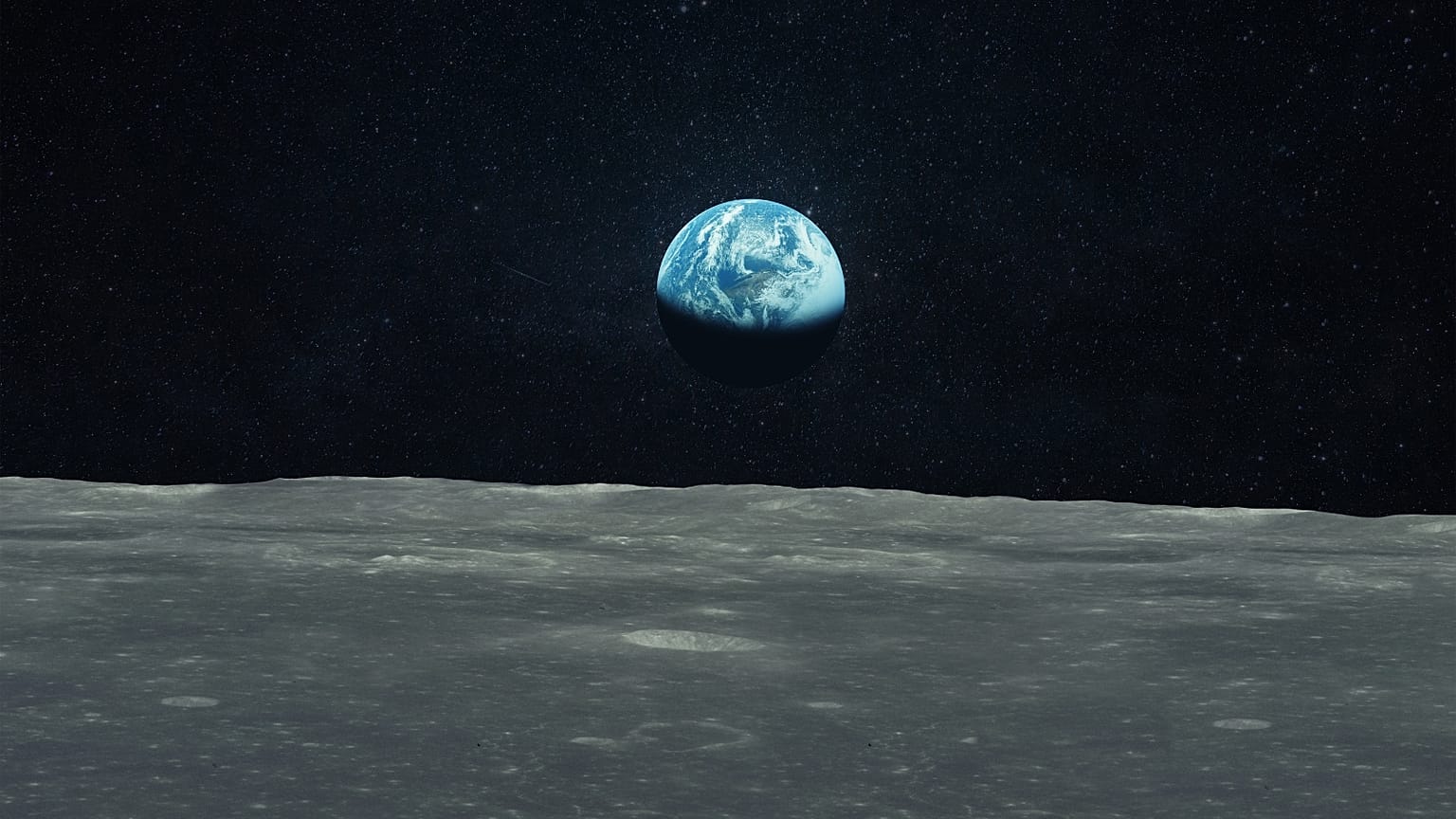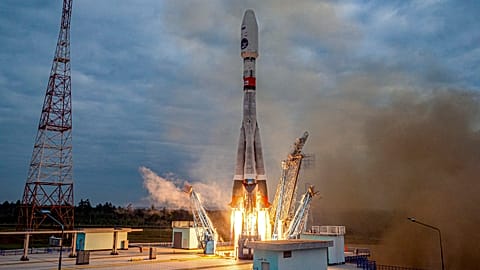If the SpaceX lunar lander isn’t ready on time, NASA may consider changing Artemis 3 into a different type of mission, according to a senior official.
The Artemis 3 mission, which is scheduled to be the first to land Americans back on the Moon, could be turned into a "different mission" in the event of delays on certain key equipment, a senior Nasa official suggested on Tuesday.
For a Moon mission, one critical piece of hardware is missing - a lander. NASA needs a spacecraft that can take people from lunar orbit down to the surface and back up.
NASA selected SpaceX to develop the first commercial lander to safely carry the next two American astronauts to the lunar surface.
The US space agency’s Artemis programme is made up of a series of missions of increasing difficulty, designed to establish a sustainable human presence on the Moon in preparation for a trip to Mars.
Artemis 1, the first of the planned missions, already saw a spacecraft launched into orbit around the Moon in 2022, and Artemis 2 is scheduled to repeat the feat with a crew on board in late 2024.
Then, in December 2025, the Artémis 3 mission aims to land astronauts on the lunar surface for the first time since 1972.
For the historic mission, billionaire Elon Musk's SpaceX company is tasked with building a lander that will deposit the astronauts on the lunar surface.
But the craft is still a long way from being ready.
Skepticism about Artemis' moonshot
The lunar lander will be a version of the Starship, whose test flight a few months ago ended in a huge explosion shortly after lift-off. The date of a new test flight is not yet known.
"For Artemis 3, we’re still working with everyone on the contract dates, which is December 2025," Jim Free, associate administrator at NASA, told a press conference on Tuesday.
However, "we could end up flying a different mission," he added. "If we have these big delays, we wondered, can we do other missions, is there a possibility".
Free did not elaborate on whether this would involve circling the Moon again without landing on it. Other missions in the Artemis programme include the construction of Gateway, a mini-space station in orbit around the Moon.
NASA’s associate administrator also underscored on Tuesday that another critical element of the mission, namely the spacesuits, were also still under development, and had in the past expressed concern about SpaceX's difficulties in developing the Starship.
Describing a recent visit to Texas, where SpaceX is developing the future lander, Free said NASA teams were able to “try to better understand their schedule,” he said, promising to provide an update on the matter once all the information had been "digested".
"We don’t want a timetable without a margin," he added.
Politics vs science
Artemis’ ambitious plan to return humans to the Moon by 2024 is seen as unrealistic by many experts in the space community.
NASA had originally aimed to return to the Moon in 2028 - until the Trump administration announced that it wanted to bring the dates forward to 2024 - when it was expected to be the end of a second term for President Donald Trump, which he ultimately failed to secure.
Presidential directives for NASA often change when a new administration takes over. But President Biden bucked the trend by supporting two of Trump's signature initiatives, the Space Force - a sixth branch of the armed services - and the Artemis programme, with its pressing deadline.
For the United States, it has been important to maintain a strong inhabited space programme, explains Francis Rocard, Great Solar System expert at CNES, the French government space agency.
It is important to distinguish between what we call robotic missions, which are science-driven, "when scientists themselves define the mission to discover things; and when we are talking about inhabited missions like Artemis, where it is a political decision,” he told Euronews Next.
Lori Garver, a former deputy NASA administrator, said in an interview with US National Public Radio that "I don't think that we'll have a man or a woman on the Moon in 2024, and I don't know anyone who does".
"The space community would love to get contracts to go back to the Moon, and it doesn't really bother anyone that they would get those contracts saying that they could do it in 2024 and not make the deadline," she added.



















